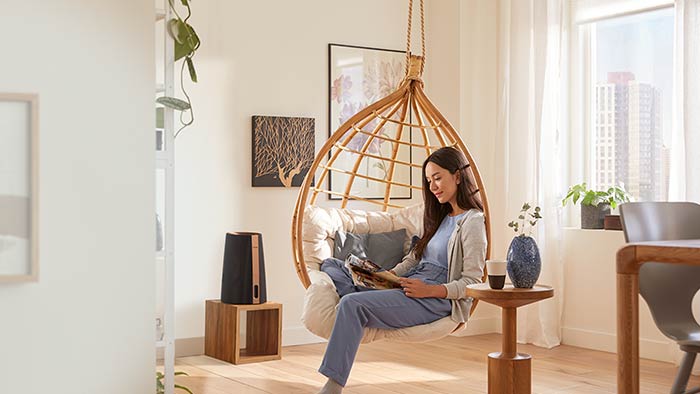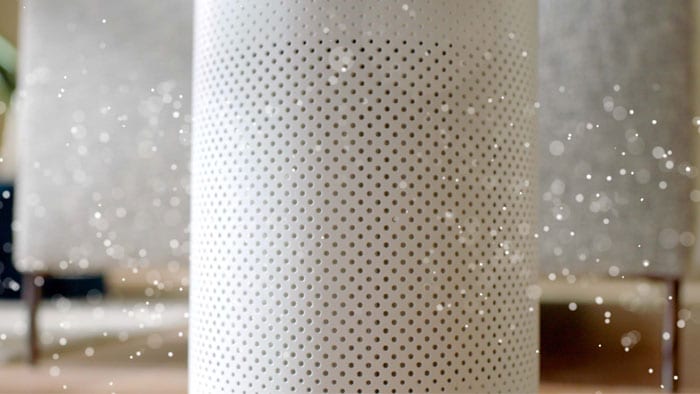Reading time: 5 Min
How to improve humidity levels at home
A home with a good level of humidity is a comfortable home to live in! But low humidity levels in your home can cause a variety of problems – for your house, your belongings and potentially your health. Issues such as coughs, headaches, cracked walls and warped windows can all be the result of air that’s too dry. It’s a problem that often flares up in winter, so it’s well worth taking the time to learn how to increase humidity. Once you know the causes of dry air you can start to improve the situation – and figuring out how to raise humidity will make a big difference. Here’s how to get it sorted!

Why you need to know how to improve humidity
First up, what is the cause of low humidity levels? Essentially, cold air is the cause of dry air, and this can be exacerbated by central heating, hence why the problems tend to be greater in the winter months. In terms of why it’s important to increase humidity in house, it’s because overly dry air can cause a number of issues, including potential damage to your home, such as:
Dry air can even cause health risks or make existing health conditions worse. Some of these include:
Learning how to increase humidity in a room will help you counteract the effects of excessively dry air.
What you need
-
3000i Series
Air Purifier and Humidifier
AC3829/60
- Purifies rooms up to 80 m²
- 310 m³/h clean air rate (CADR)
- 600 ml/h humidification rate
- Connected with CleanHome+ app
£550.00*
5 ways to increase humidity in house
To bring levels back to a better balance, you need a plan, so let’s look at five of the best tips:
You don’t need to learn how to increase humidity in a room when it comes to the most humid room in the home – the bathroom – but it’s important to know how your bathroom can play a part in raising levels around the rest of your home. Hot water produces steam, which creates moisture in the air and will add humidity to house. So prop the door open the next time you hop in. If you’re more of a bath person, leave the water in for a while after you get out to increase humidity in the room and leave the door open to let it seep out into the rest of the house.
One of the best ways to add humidity to house is with greenery. Plants absorb moisture and release it into the atmosphere, helping reduce the effects of dry air and raise the humidity levels. In addition to increasing humidity, plants like aloe vera and bamboo palms also help to improve air quality.
There are a couple of things that you can do to increase humidity in your home via the kitchen. For one, open the dishwasher door when it beeps to tell you it’s done (but just remember that doesn’t mean it’s all dried and ready to put back in the cupboards!). The dishwasher steam should pour out into the air. You also raise the air temperature and increase humidity levels when you’re cooking, so you could try leaving the door open in your kitchen when you’re cooking to increase humidity throughout the rest of your home.
Without doubt, one of the best ways to combat dry air is to invest in a humidifier. If you’ve measured the humidity levels and realised you need to increase them, a humidifier like the 2-in-1 Air Purifier and Humidifier Series 30000i can do a great job. Not only will you benefit from the increased humidity from hygienic water evaporation, the device’s effective monitoring means that your home will maintain a constant level of humidity moving forwards.
Another really simple way of raising humidity levels is with the strategic placing of a few bowls of water. When you put water next to a heat source it will warm gradually and that will release moisture into the air. Either put some bowls of water next to radiators if safe to do so, or pop them on a windowsill on a sunny day to help add humidity to your home.
And that’s it – knowing how to increase humidity is easy with our handy tips! Put them into practice and you should start to see the levels rise in no time.








